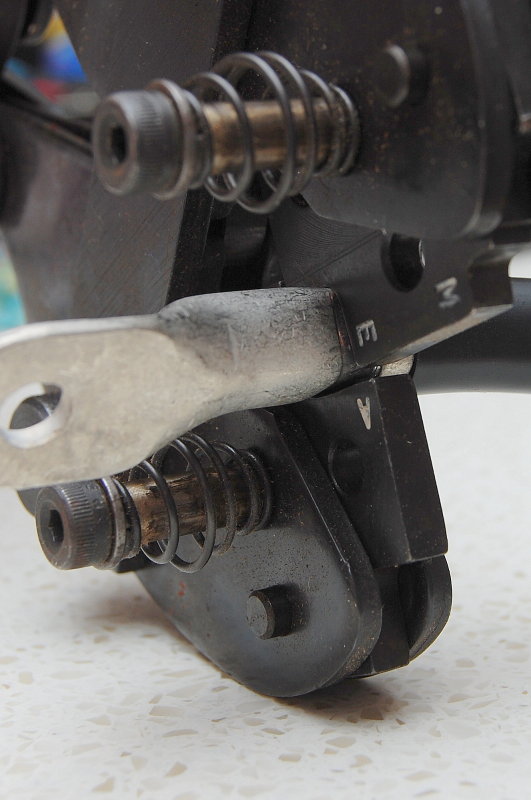prv
Well-Known Member
To complete my electrical refit I need various cables around the batteries - some very chunky for starting, some less chunky (but still bigger than normal) for charging and for supply and return to the house panel. I could probably assemble these myself, but I understand the best techniques involve tools it's not worth buying for one job. Therefore I've measured all the runs and was thinking of buying them ready-made.
I had a vague idea that Merlin offered this service, but I can't find anything about it on their website (I carefully searched their retail "Power Store" side and had a slightly less thorough look at the main Merlin site).
Does anyone know an outfit that will make up cable assemblies for not too much more than the cost of the materials?
Cheers,
Pete
I had a vague idea that Merlin offered this service, but I can't find anything about it on their website (I carefully searched their retail "Power Store" side and had a slightly less thorough look at the main Merlin site).
Does anyone know an outfit that will make up cable assemblies for not too much more than the cost of the materials?
Cheers,
Pete


